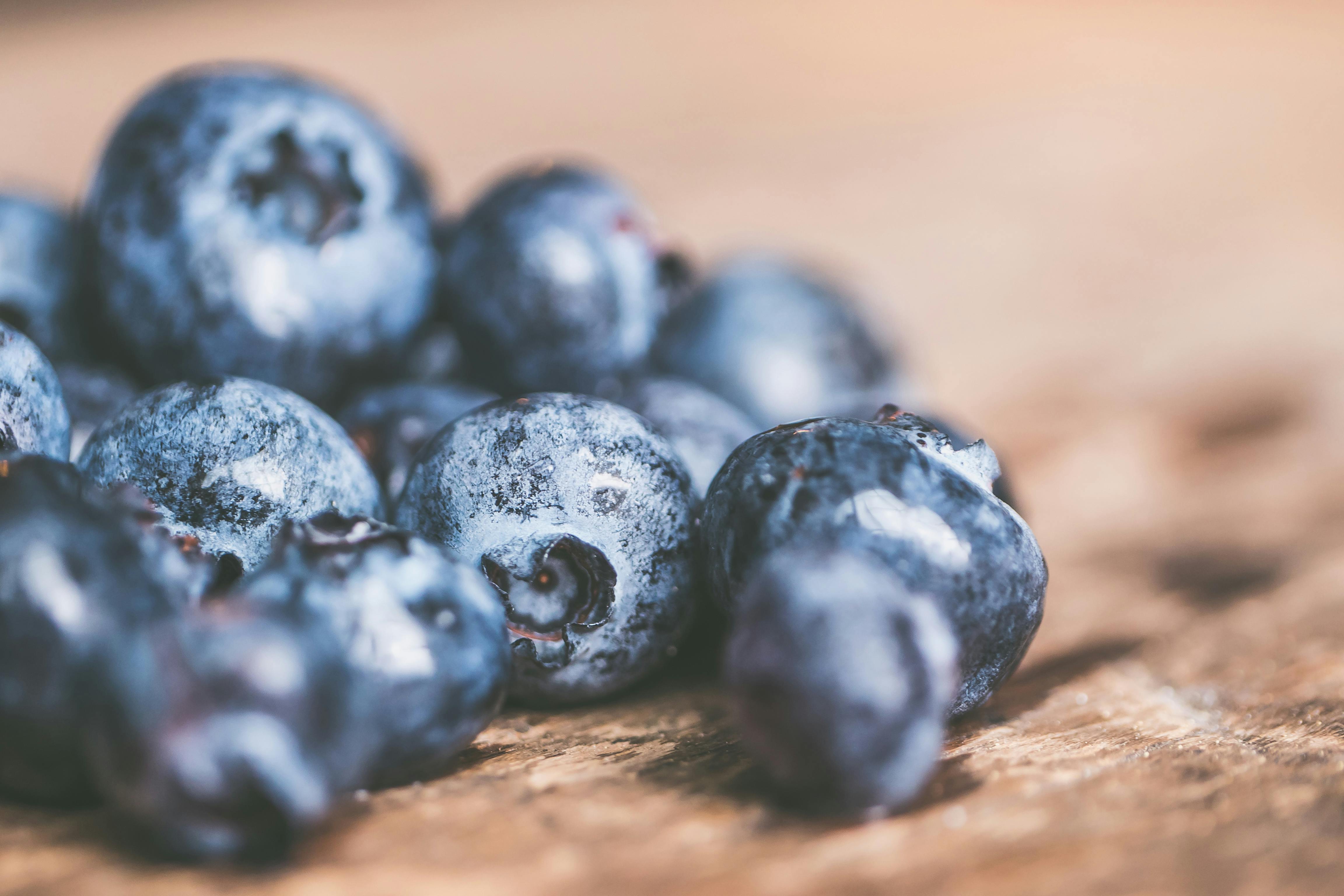How to Grow Blueberries in Arkansas!
 Hmm, what a delectable treat the blueberry is! Did you also know that they have many health benefits? They are powerful antioxidants, can reduce the build-up of bad cholesterol, have been shown to reduce the growth of cancer, act as an anti-inflammatory, and have a positive effect on brain function, eyesight, urinary tract health. What you may not realize is that they are quite easy to grow in Arkansas too!
Hmm, what a delectable treat the blueberry is! Did you also know that they have many health benefits? They are powerful antioxidants, can reduce the build-up of bad cholesterol, have been shown to reduce the growth of cancer, act as an anti-inflammatory, and have a positive effect on brain function, eyesight, urinary tract health. What you may not realize is that they are quite easy to grow in Arkansas too!
We have some other Arkansas fruit growing posts too; check out the following:
How to Grow Blackberries in Arkansas
Planting blueberry shrubs
Start by picking a sunny location; it can be in a garden, a raised bed or somewhere in your landscape. These fruits will do best planted in a mounded area at least a couple of inches (or up to a foot) high, and a couple of feet wide. Next, consider the soil. Blueberries prefer well drained, acidic soils with a pH in the 4.8 to 5.4 range. Arkansas soils tend to be acidic although it’s a good idea to get your soil tested. We can help with that; ask us about our Good Earth SoilKits!
Prepare the soil by adding some peat moss and Good Earth potting soil. The finished soil should be about 65% original soil to 35% amendments. If you need to acidify your soils, consider adding coffee grounds as this will both add organic matter and increase the acidity.
Blueberry varieties
Choose your variety of blueberry; both the southern highbush and rabbiteye types are good in Southern Arkansas, and Northern highbush varieties are good in Northern Arkansas. All three types can be grown successfully in Central Arkansas. Here are several varieties within each type:
Northern Highbush- Bluecrop, Duke, Elliot
Southern Highbush- Ozarkblue, Summit, Legacy
Rabbiteye- Climax, Premier, Tifblue
We typically carry Rabbiteye blueberries here at Good Earth. Plant multiple varieties of the same type to increase fruit set and berry size. Figure on planting about 2 plants for each person in your family and double that if you plan on growing them for baking or freezing.
Growing tips
After planting, add five to six inches of pine bark or pine needle mulch. This will help the soil retain moisture and reduce the weed growth (sawdust would also work well). Add an inch of mulch material each year. Blueberries need irrigation here in Arkansas in order to be successful so water well at planting and water throughout the year as needed. Prune off the large flower buds at the tips of the shoots the first and second seasons, especially on smaller plants. This will allow a larger, better producing plant to develop.
After the second growing season, remove some of the canes and reduce excess flower buds. In addition, cut back any canes that are much taller than the overall height of the blueberry. Too many blooms can result in a weaker plant and small fruit so remove weak or twiggy growth. After the fifth year, begin removing some of the old canes. Ideally older blueberry plants will have equal parts of one-, two-, three-, four-, and five-year old canes.
Feeding blueberries
Blueberries can be planted both in the Spring and Fall. Fertilize the plants only after new growth has began with our organic Espoma Holly-Tone Fertilizer and then after 6 weeks, start applying Ammonium Sulfate unless otherwise directed by your soil sample results. Avoid applying fertilizer to the crown or stems of the blueberry.
Now, all you have to do is collect blueberry recipes!